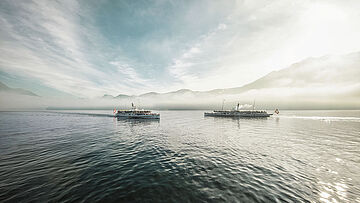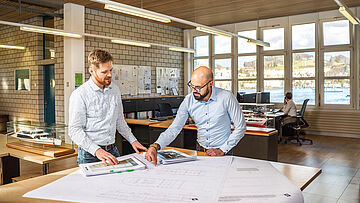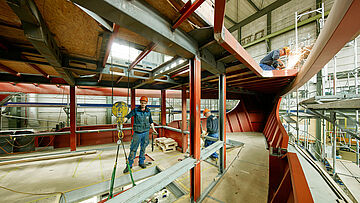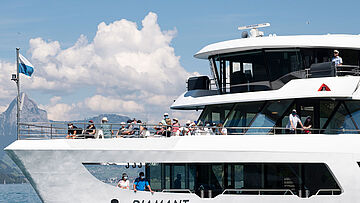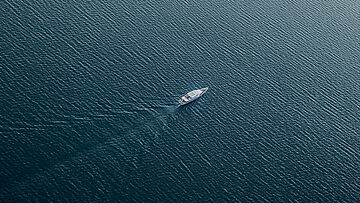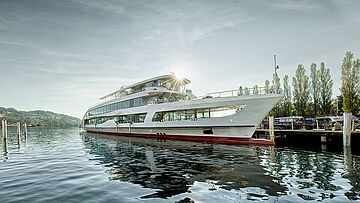Ship design and engineering
An interdisciplinary team made up of naval architects, mechanical engineers, electric engineers and automation engineers develops advanced concepts and solutions for ship technology. As a pioneer of modern energy and drive technologies, we make an important contribution to the gradual changeover to emission-free inland vessels with modern drive technologies.
Ship automation & electrical engineering
Using networking to create a holistic overview.
Energy supply and drive systems
The optimal and most sustainable solution for every load profile.
Ship design
Modern visual design combined with shipbuilding intelligence.
Concept studies, project planning, tenders
Well thought-out specifications as a basis for making the right choice.
With a good overview and a broad range of skills, we can create the right level of networking. Significant value added for the technology or operations can often be created by individually recorded parameters. With our progressive networking, we open up new analysis options and create the ‘smart ship’ step by step. We usually integrate existing automation, monitoring and control systems that offer the necessary level of reliability, such as Böning automation or Aventics controls.
With the help of automated analyses and remote analyses carried out by our engineers, technical operating parameters are optimised and potential causes of faults are detected at any early stage. Remote access can be configured according to the operator’s needs, so that the relevant operating information can be viewed at any time.
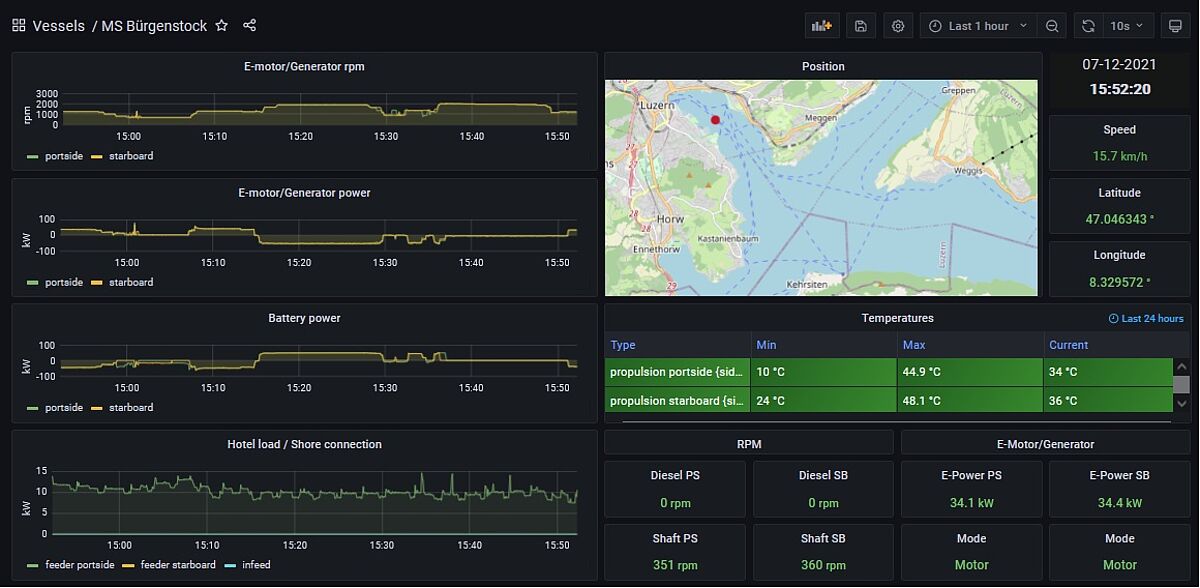
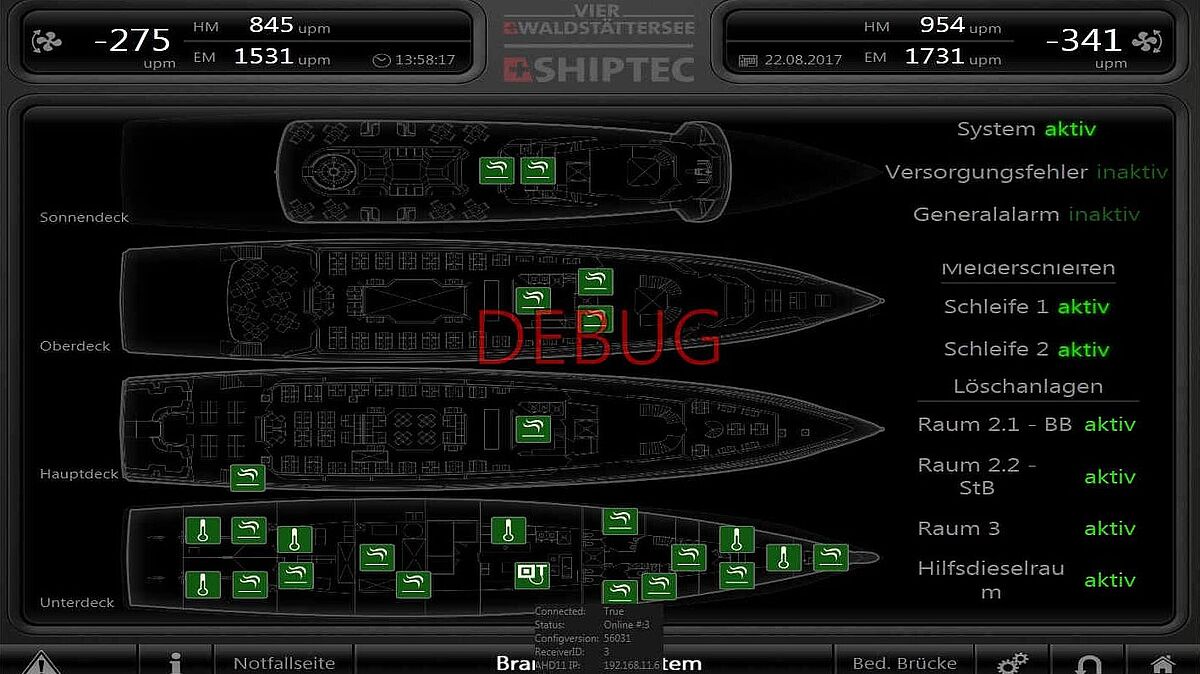
Shiptec measuring system
The results of the load profile measurement form the basis for:
- an optimally dimensioned design of a propulsion system, incl. on-board network.
- an optimal design of an "alternative" energy and propulsion system in terms of investment costs (CAPEX) and operating costs (OPEX).
- an optimal and thus economical design of energy storage systems (battery, gas, H2, etc.).
The collected data from the measurement are processed and evaluated by our engineers.
The Shiptec measurement setup includes the following measurement parameters as a minimum:
- Torque and speed at the propeller shaft or between engine and gearbox
- Ship speed and position via integrated GPS
- On-board power consumption via external, synchronised, electric power meter
Optionally, the fuel consumption of main engines as well as auxiliary engines can be measured. The data is then processed by our engineers and made available to the owner as a graph. All collected data can also be displayed in "real time" on a dashboard for the owner and the skipper.
Lay the foundation for a successful new engine with the Shiptec measuring system!
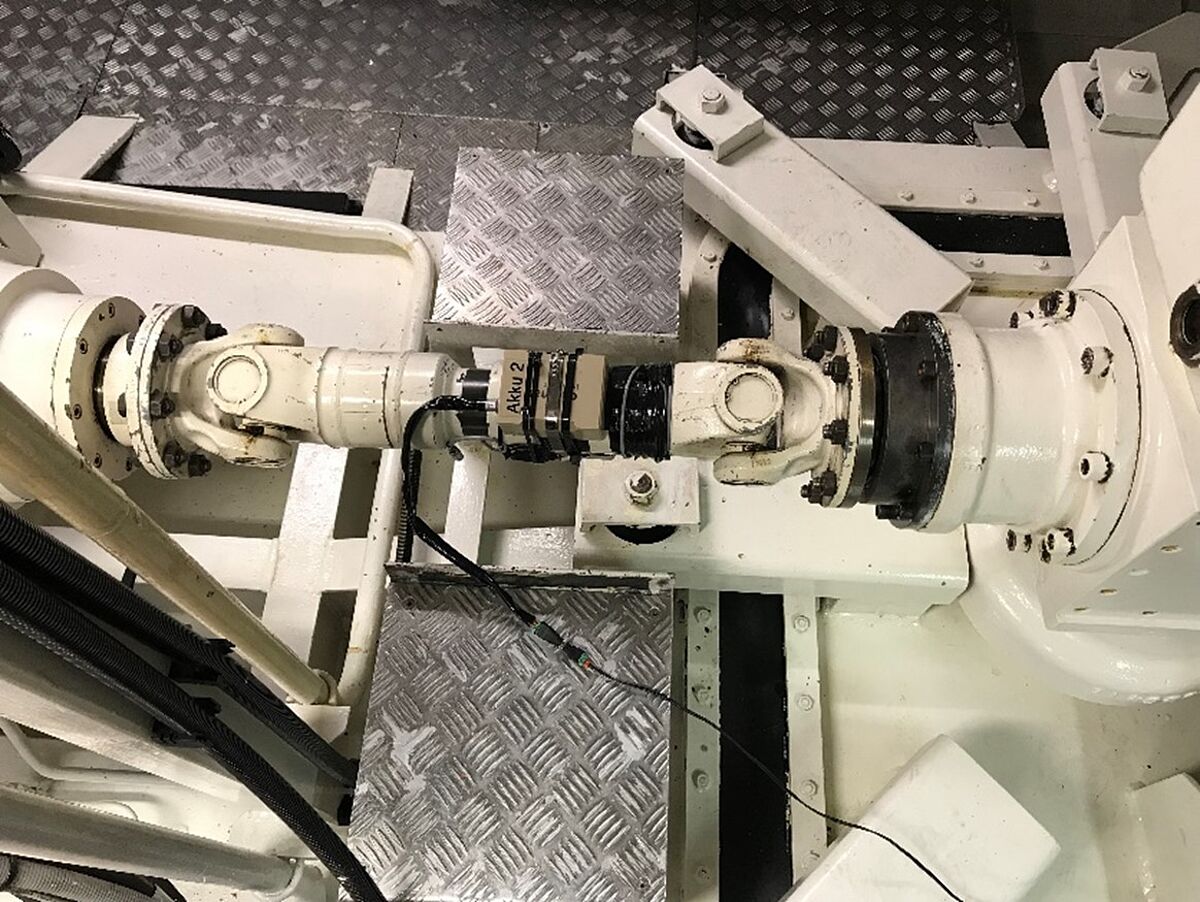
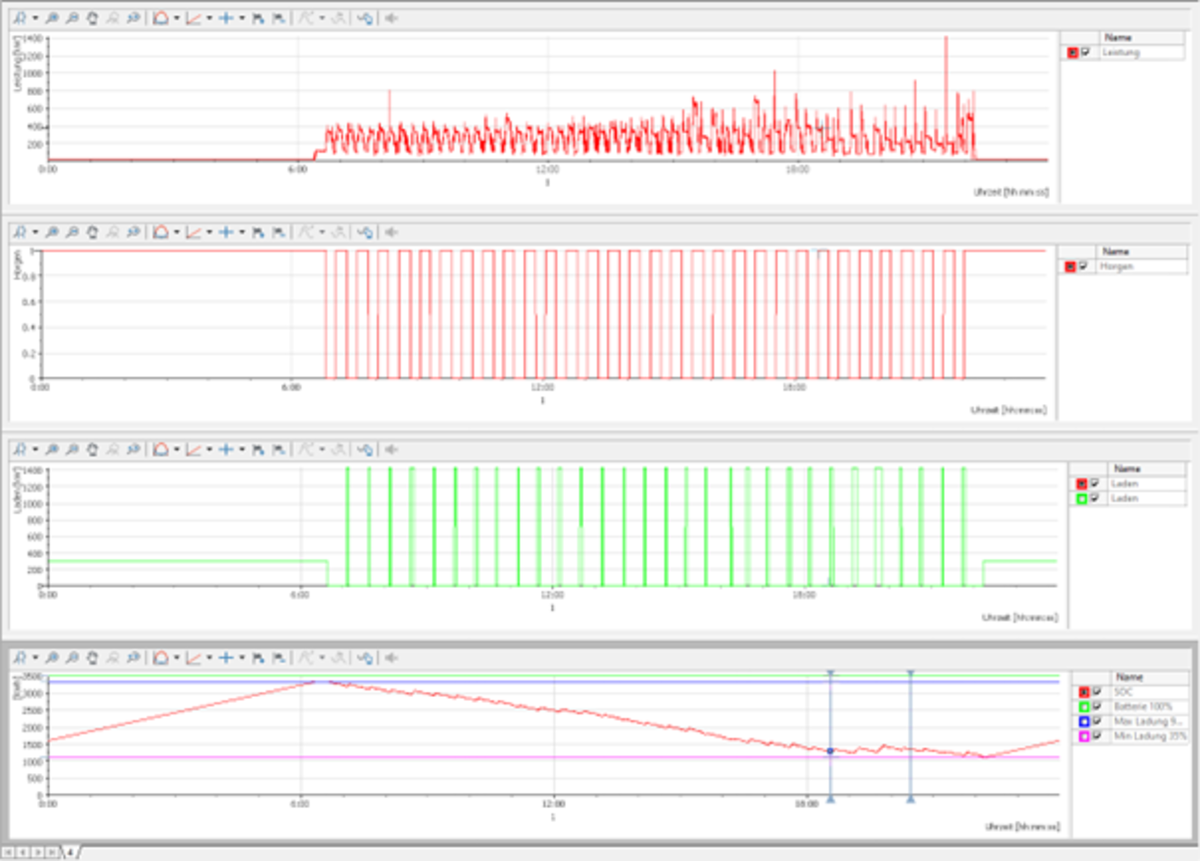
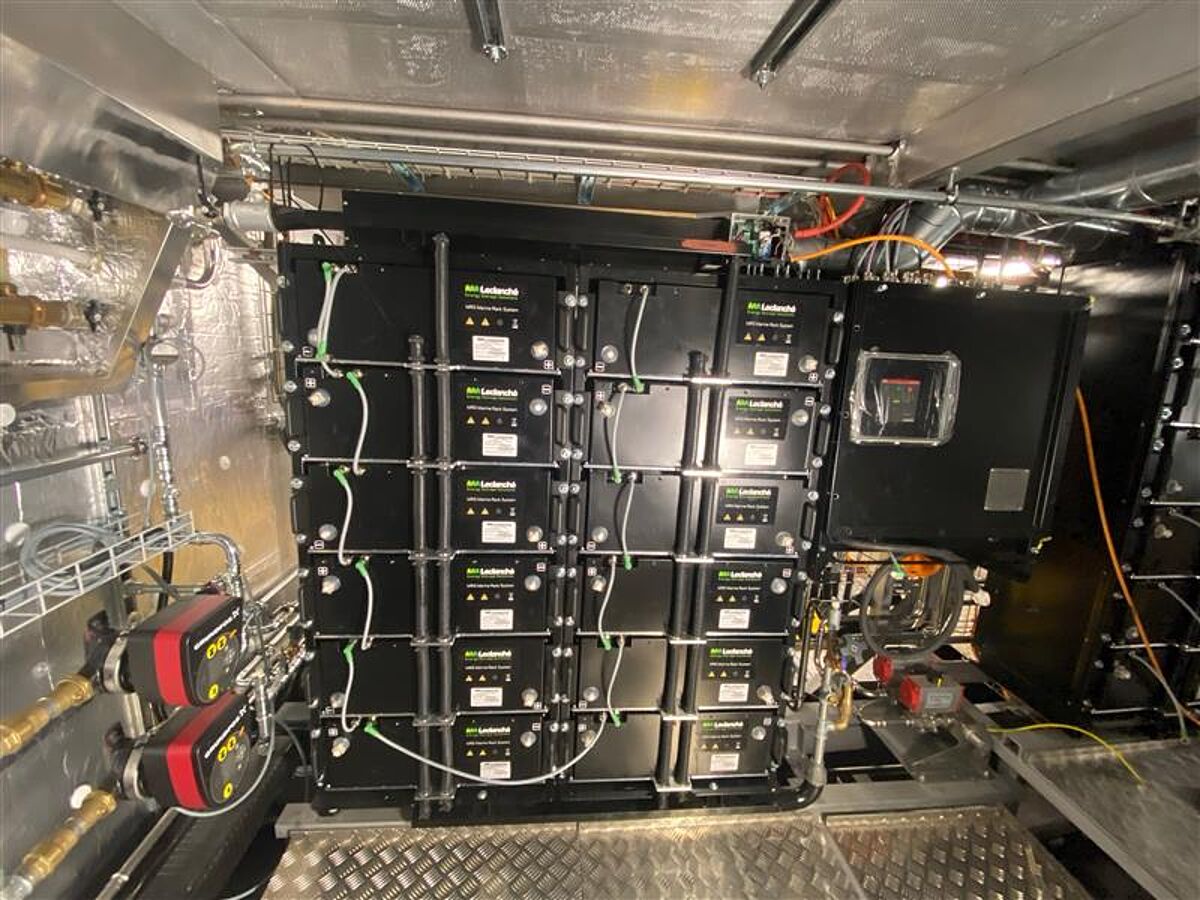
Shiptec pursues a consistently holistic approach when designing energy and drive systems on board ships. Shiptec is a pioneer when it comes to determining maximum efficiency for the energy supply and drive technology on ships.
Purely electric drive systems are the focus for ships with moderate daily energy requirements. Regular charging options in between individual journeys enable battery-based solutions, even when there are high power requirements.
For sophisticated sailing profiles, a battery-based energy supply can be supplemented with hydrogen and fuel cells. Shiptec has already developed solutions for this.
Depending on the sailing profile, a hybrid solution with low-emission EURO Stage V engines can also make sense. The best overall efficiency is usually achieved with a parallel hybrid approach. A serial hybrid approach leaves you flexible and well prepared for the future, because it allows for simple conversion to a purely electric energy supply (battery-based, H2 fuel cells).
By collaborating with Shiptec, you are guaranteed cutting-edge, sustainable and climate-friendly energy and drive technology. To allow us to continue playing a leading role in this field, we also work with international partners, e.g. Siemens Energy, ZEM (Zero Emission Mobility, Leclanché, Designwerks, etc.)
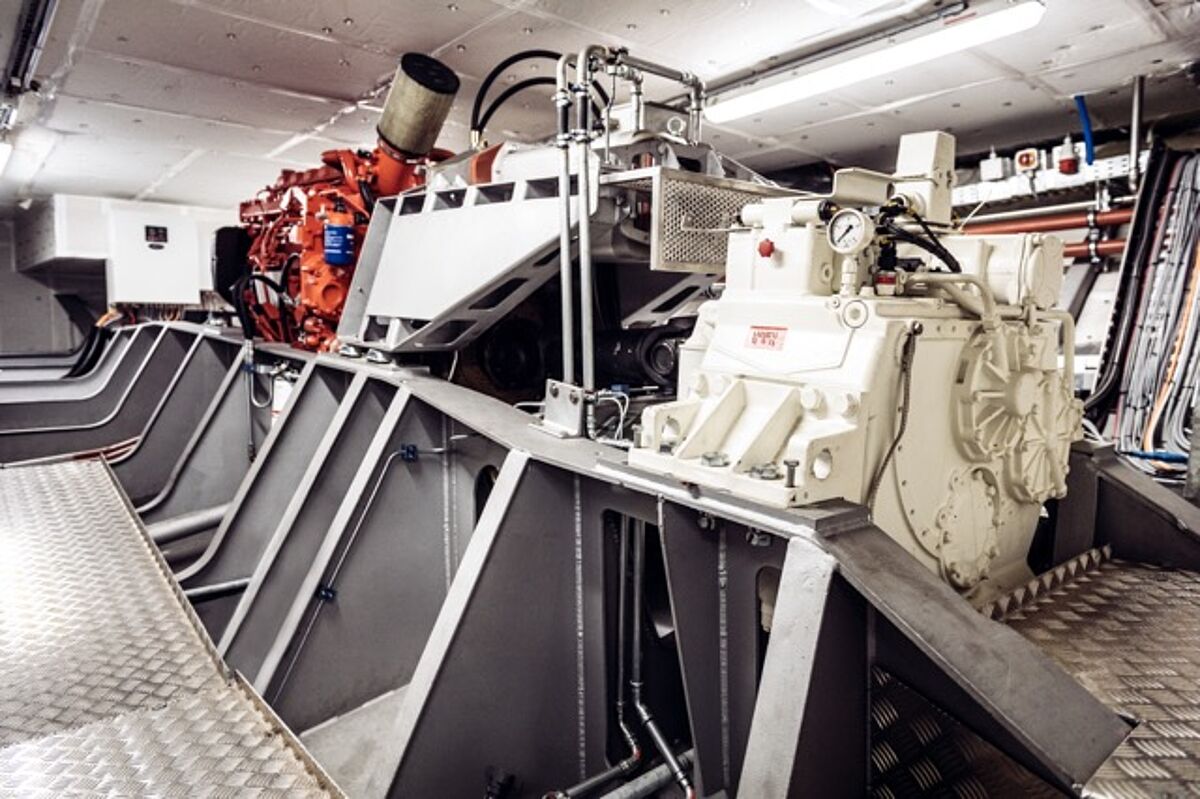
Ship design
Shiptec is Switzerland’s largest provider of design and development services for passenger, cargo and official use vessels. Beautiful yet efficient ships are created in the Shiptec shipyard in close collaboration between ship designers, engineers and customers.
Close cooperation with customers is key. Our goal is to develop a product that is tailored to the customer’s needs. In this sense, every ship is ‘unique’ and must meet the customer’s precise requirements both in terms of appearance and performance.
Shiptec employs specialists who are familiar with all professional areas of application from many years of experience. The desired performance features and the components required to achieve them are defined during planning. All of the plans are coordinated with the client in detail before the ship is constructed. The future owner knows exactly what they are getting and what economic benefit they can expect to achieve with a new or renovated ship.
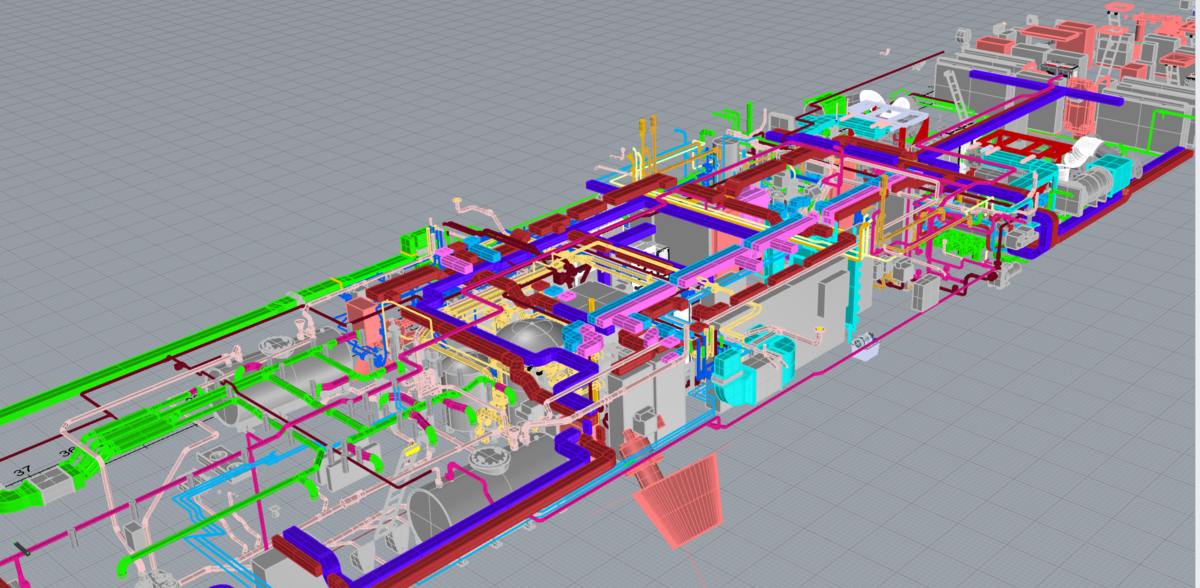
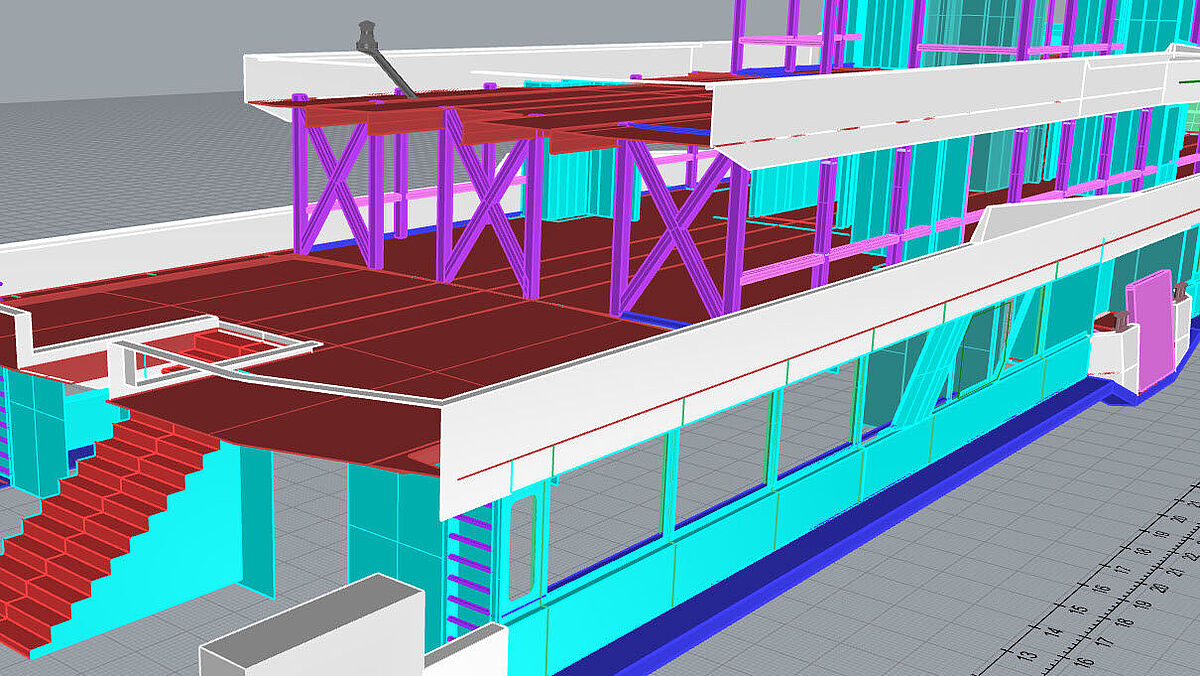
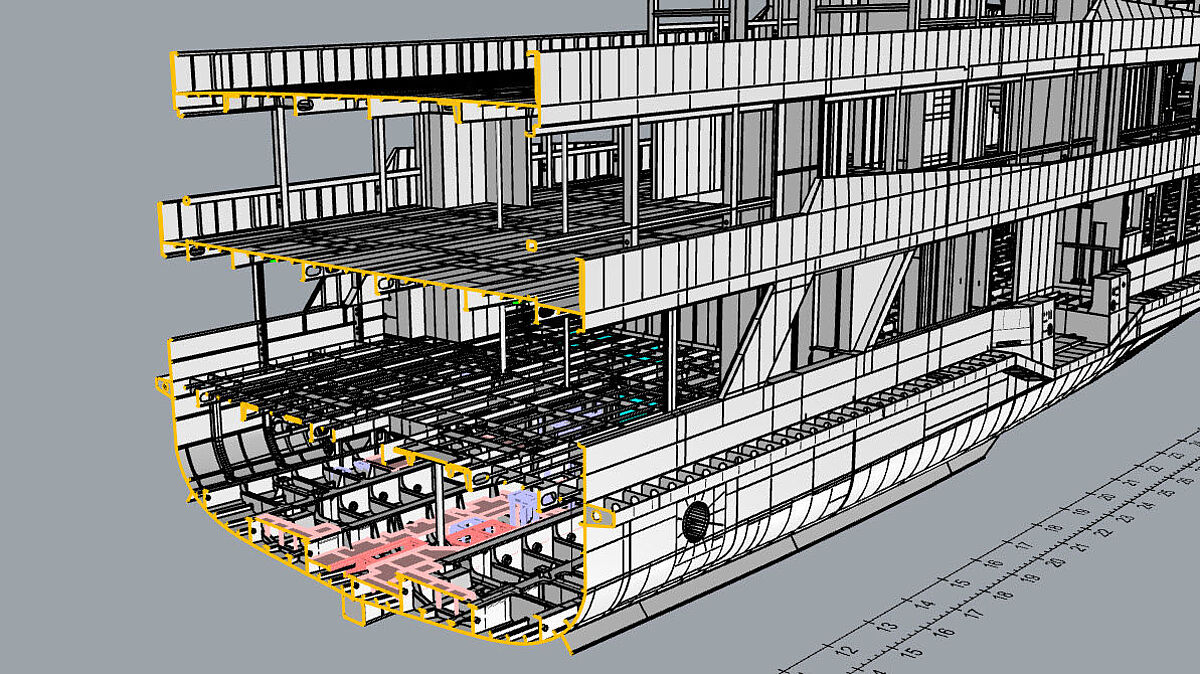
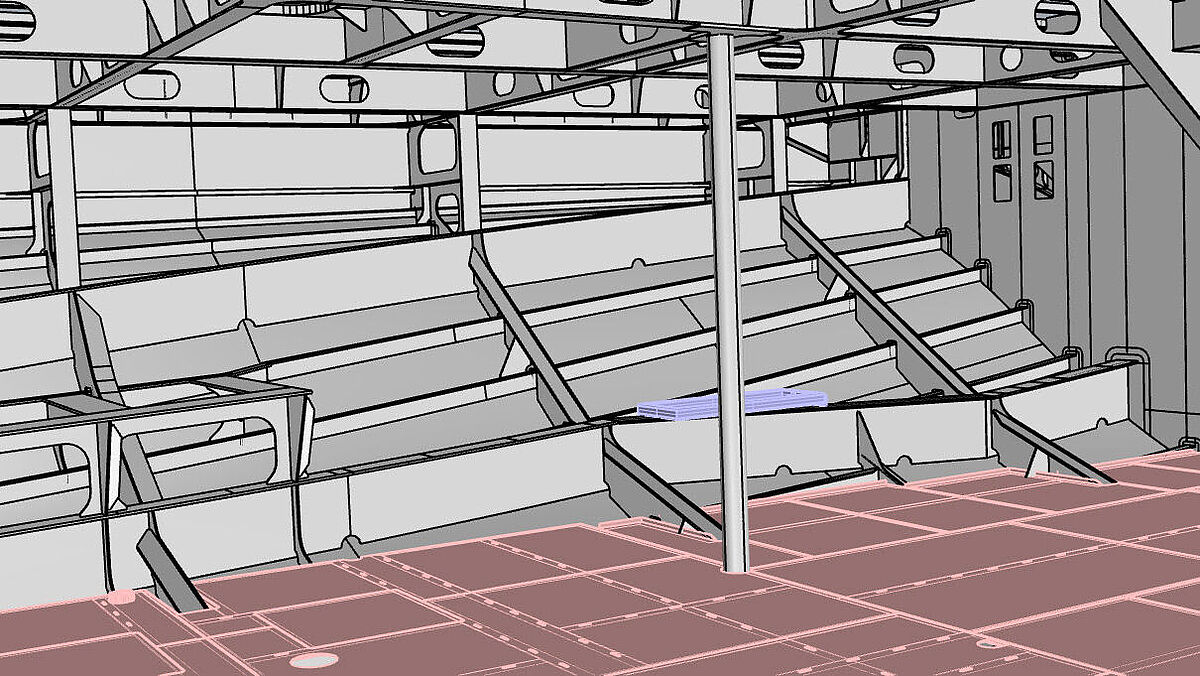
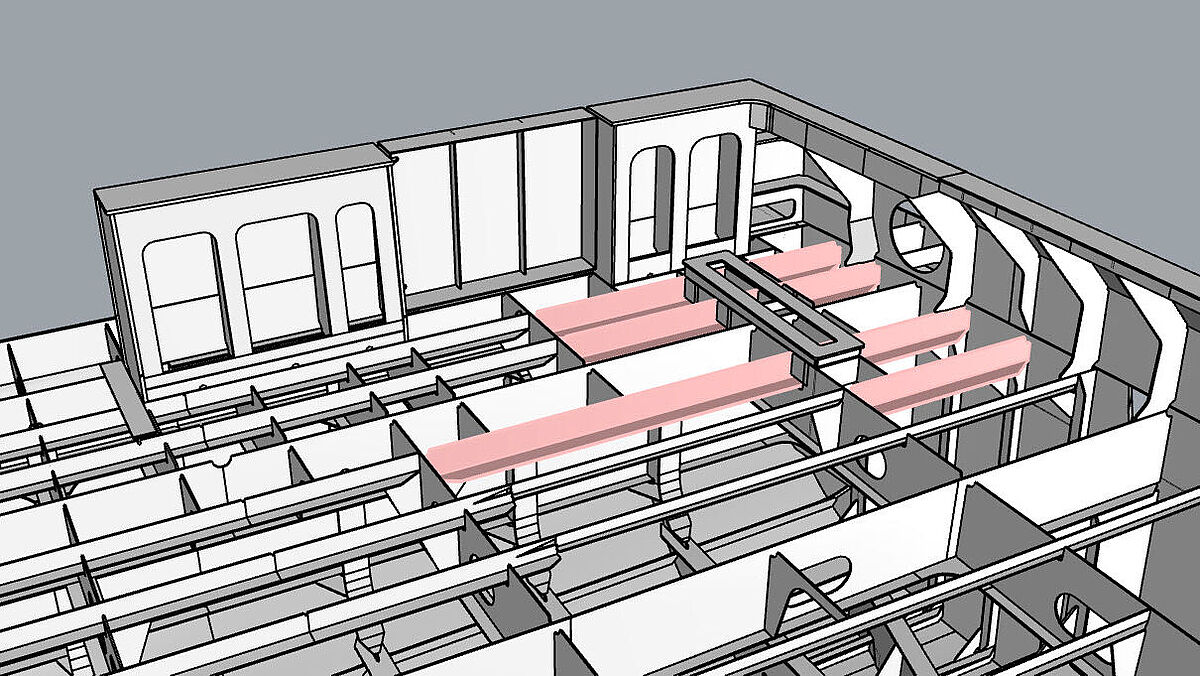
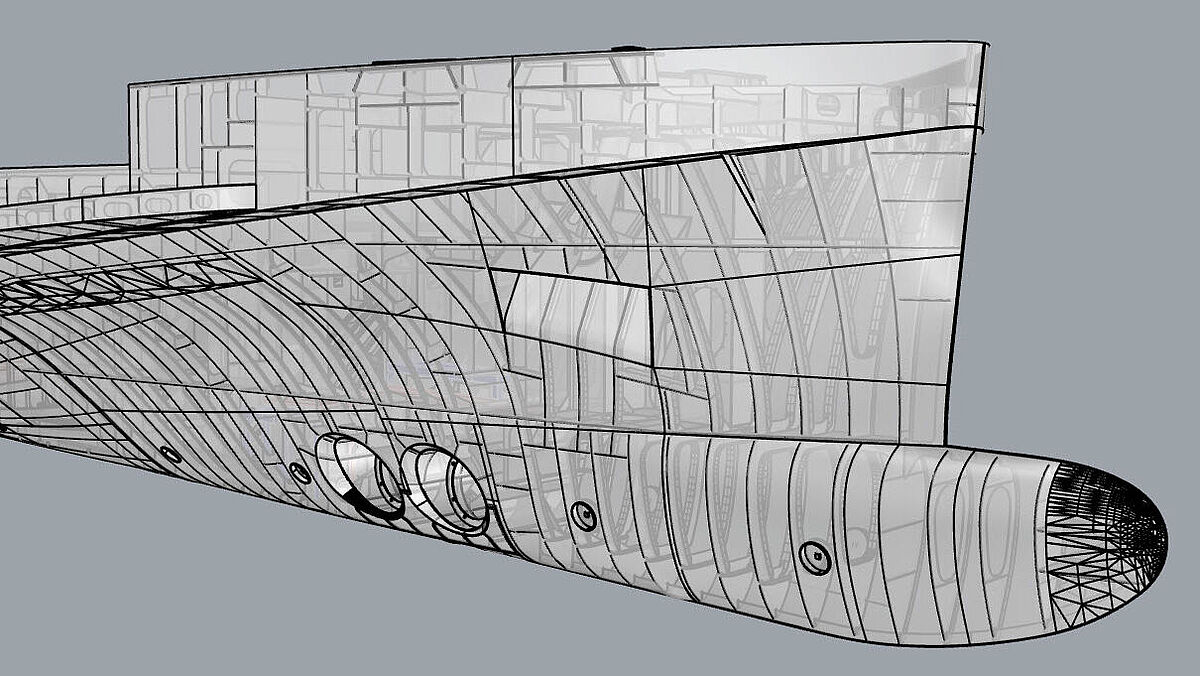
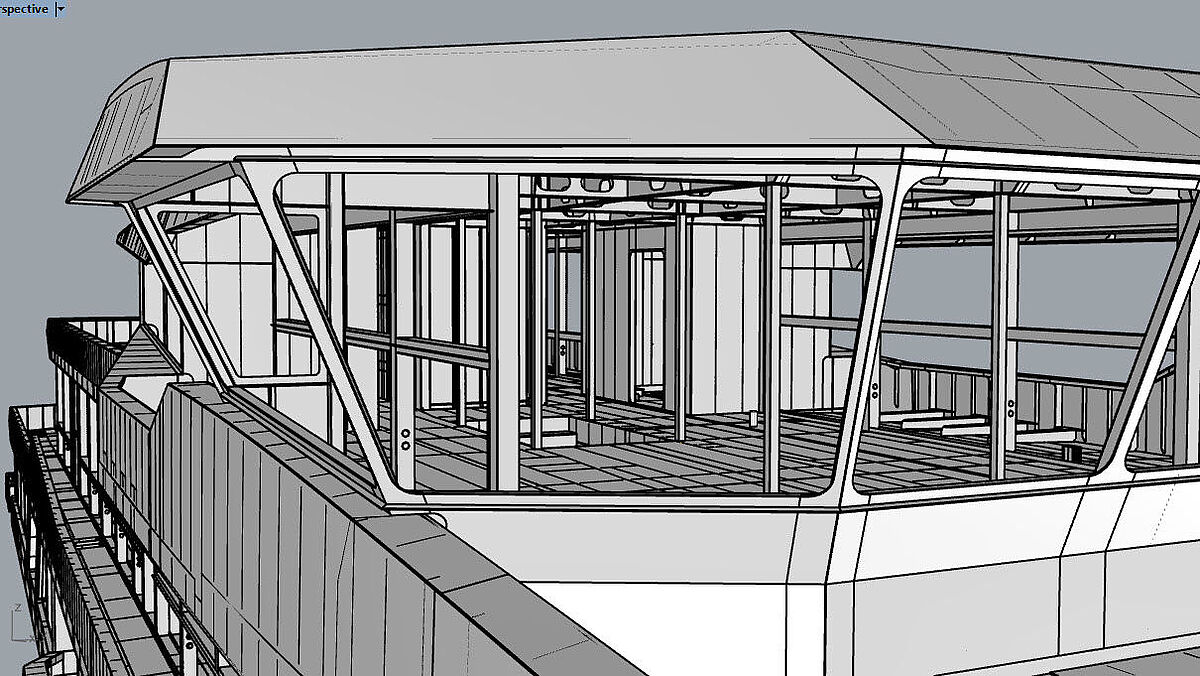
3D Scanner
3D laser scanning is a fast, accurate and non-intrusive method of capturing real-world data that eliminates the need to return to the site of the survey for additional measurements. The scanner captures millions of three-dimensional data points that provide information about their position.
Scanned rooms and objects are then transferred directly into the CAD programme and can then be digitally processed and measured. In the CAD programme, the scanned rooms can be viewed and edited in any sections and perspectives. This process saves resources. The data is precise and can be retrieved at any time.
Process
- On-site measurements using our own 3D scanner.
- Using this data, a so-called point cloud is created on the PC, which depicts the structure of the object. Mass, distances and placement of the individual objects can be determined very precisely.
- The 3D scans also enable direct construction in the point clouds, components can be fitted more easily.
Advantages: fast, accurate, cost-reducing, unforeseen is visible, safe as well as minimising downtime.
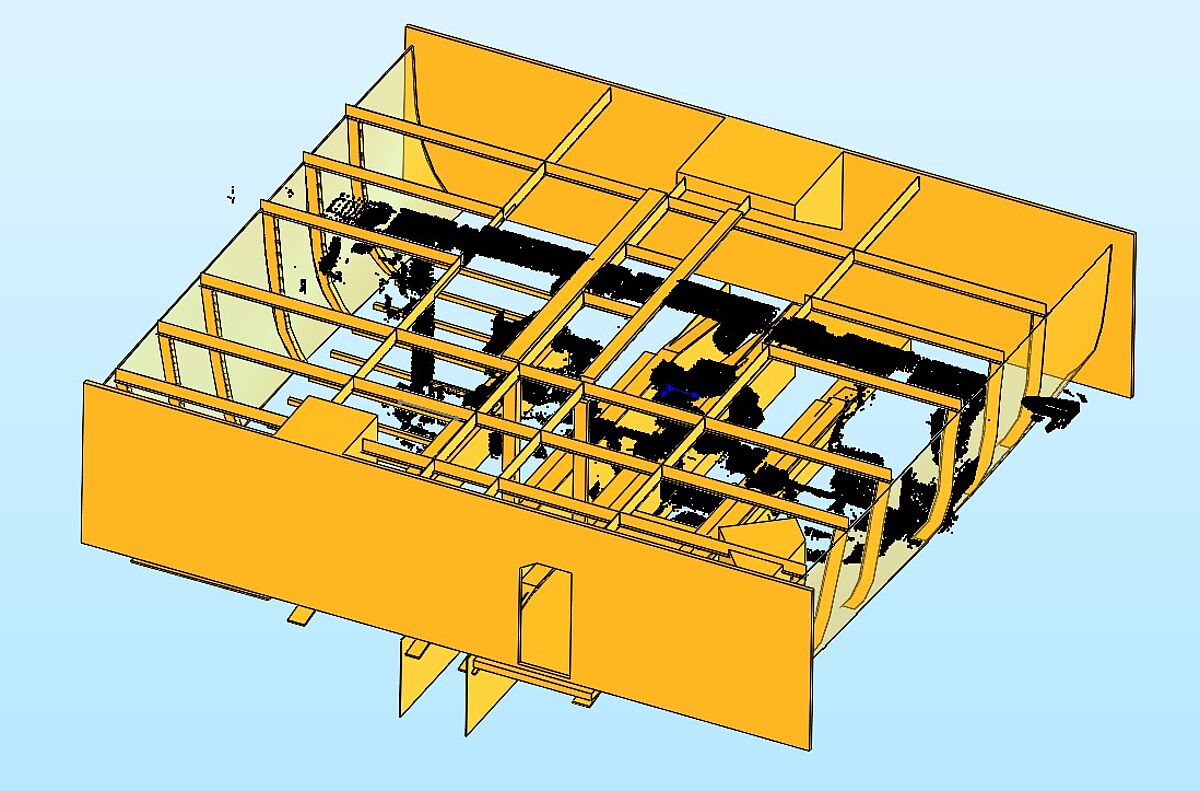
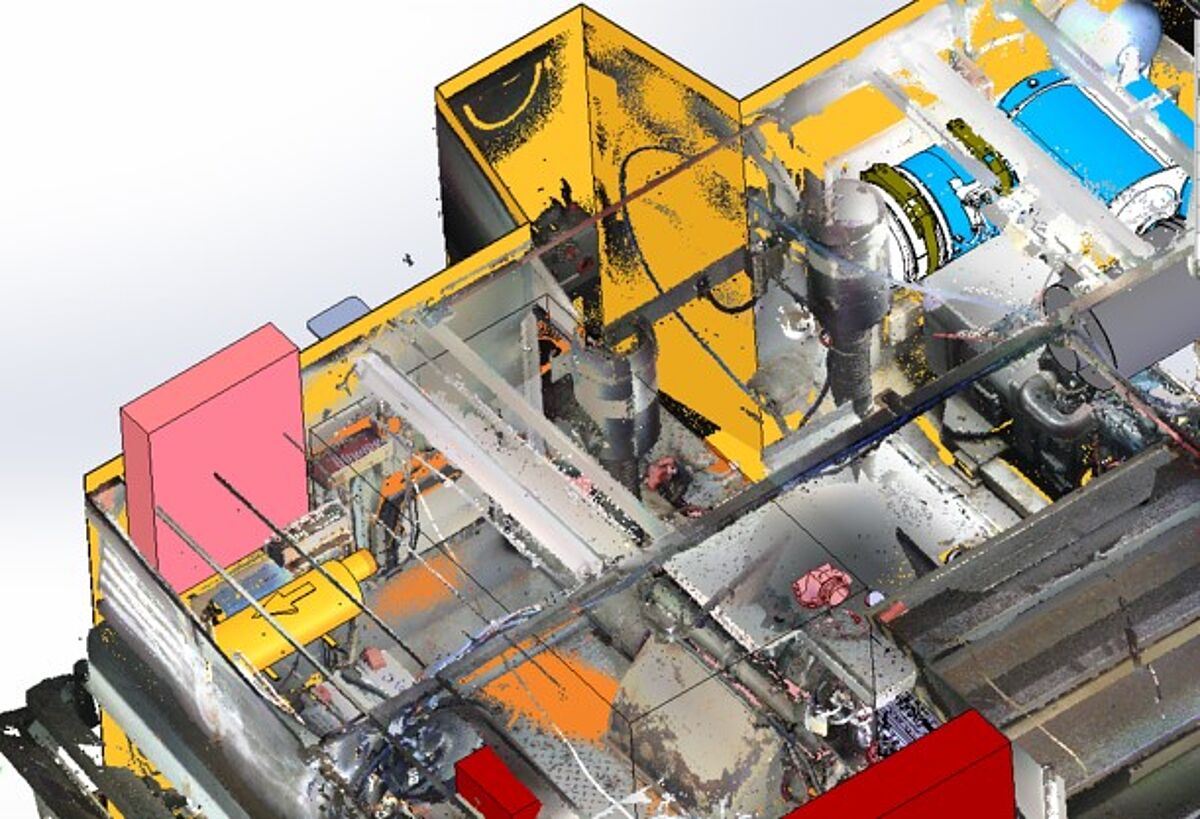
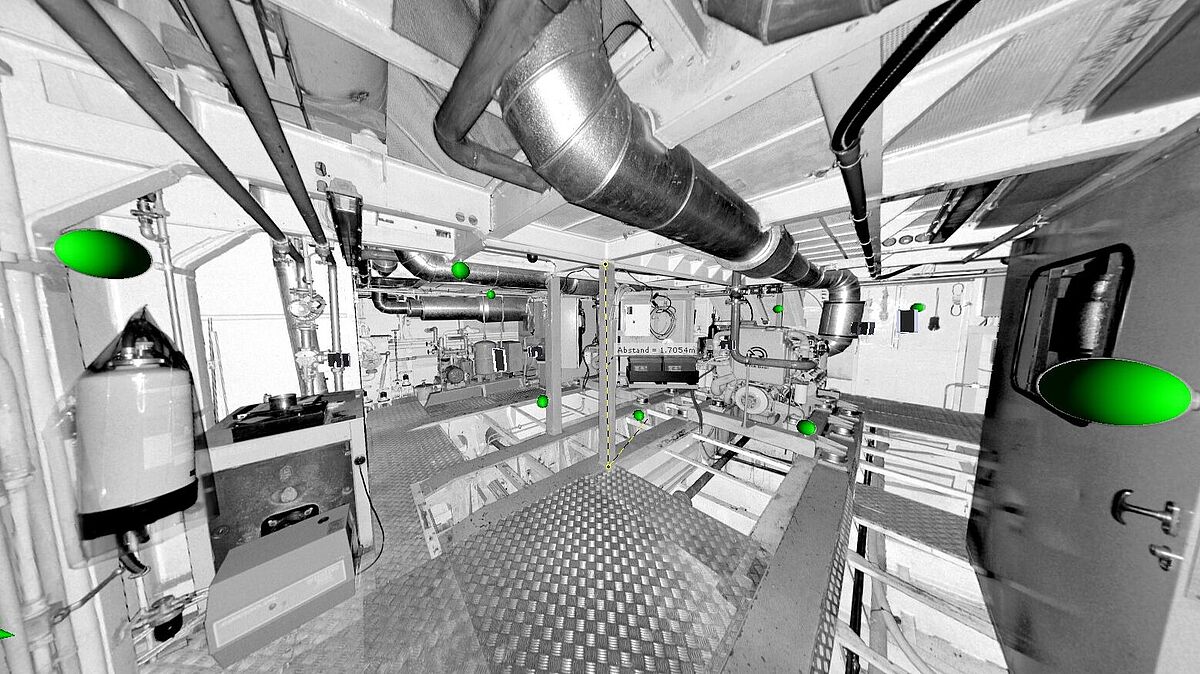
Concept studies, project planning, tenders
If you have an idea and would like to flesh it out – we develop feasible scenarios for you. If your fleet is being expanded or modernised – we help with the structured creation of a profile of requirements.
We are available to our clients very early on in the decision-making process. We use our expertise to support you at all levels and help you to optimally prepare for investment decisions from an economic and technical perspective.
Shipbuilding concepts
A vehicle concept tailored to the needs of the passengers is essential for creating a successful transport concept. We develop customer-specific projects from scratch or adapt already existing modular elements to suit local conditions. We primarily design these concepts for passenger ships, but also do this for working boats, official use vessels and transport ships.
Shipbuilding calculations
Acquiring ships for professional use involves major investments. So nothing should be left to chance. Before the first production step is started, all performance and design data are calculated down to the smallest detail. The certainty that all of the data is optimally coordinated helps to create a product of the very highest quality.






